Thomas and Chris Froome face summit meeting at Alpe d'Huez - Preview
Dumoulin will not lack support on Dutch mountain
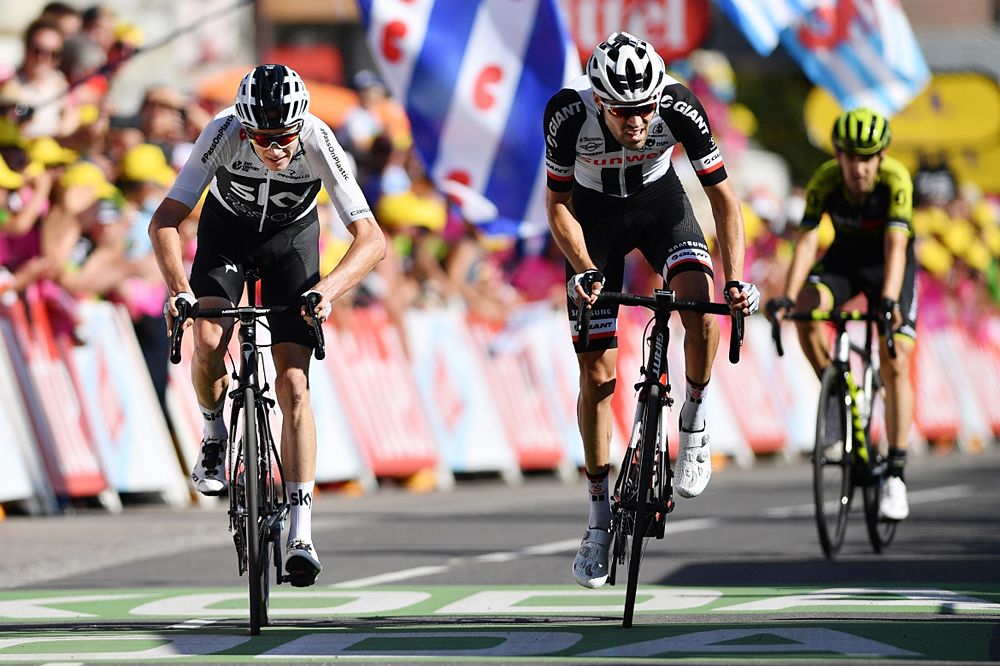
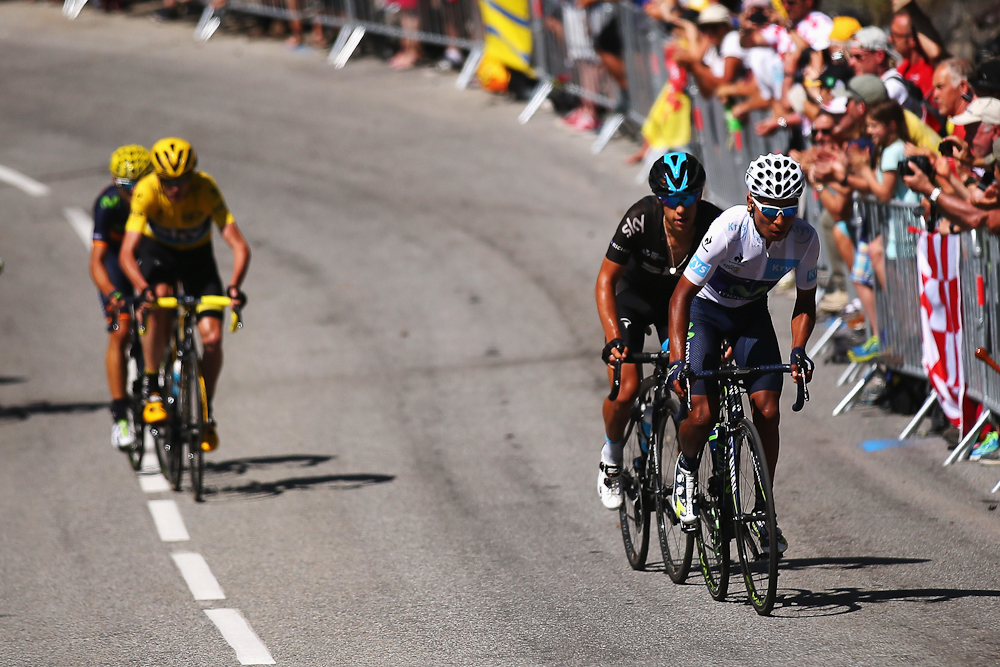
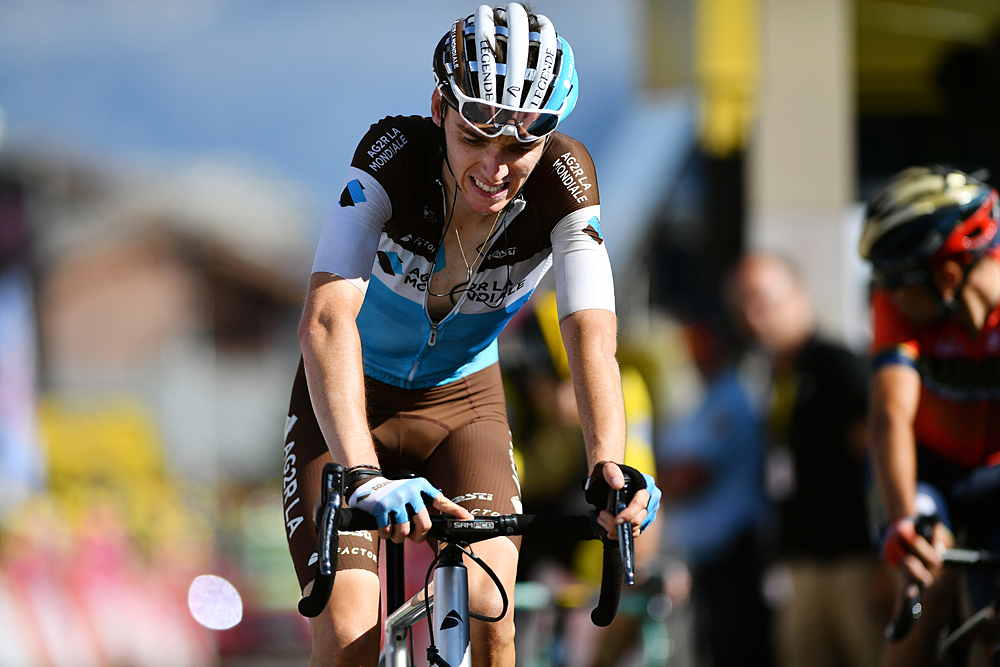
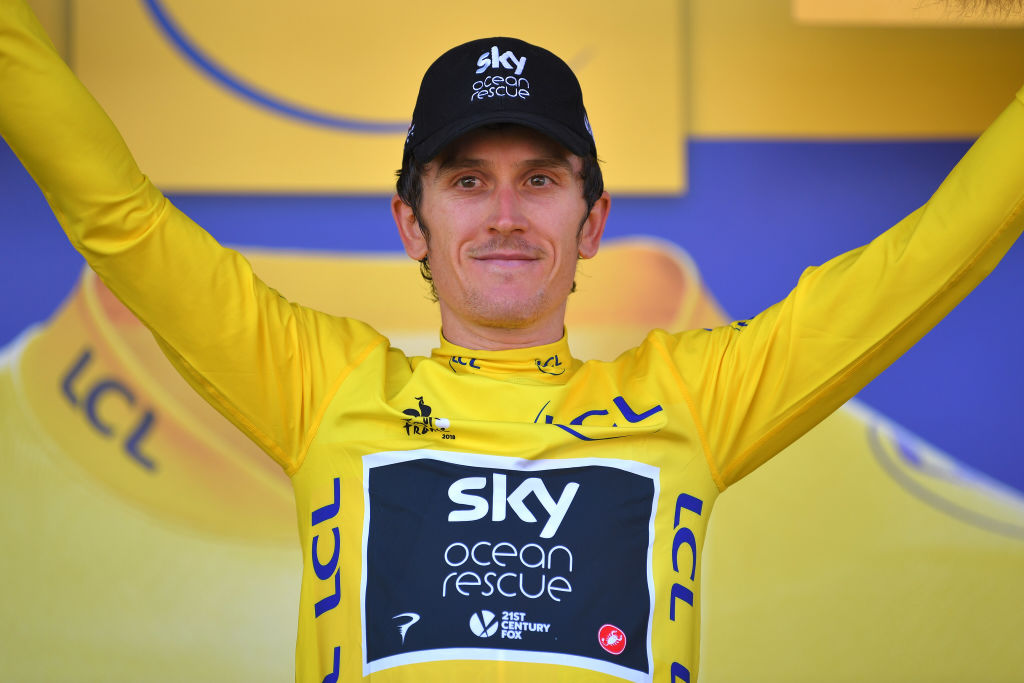
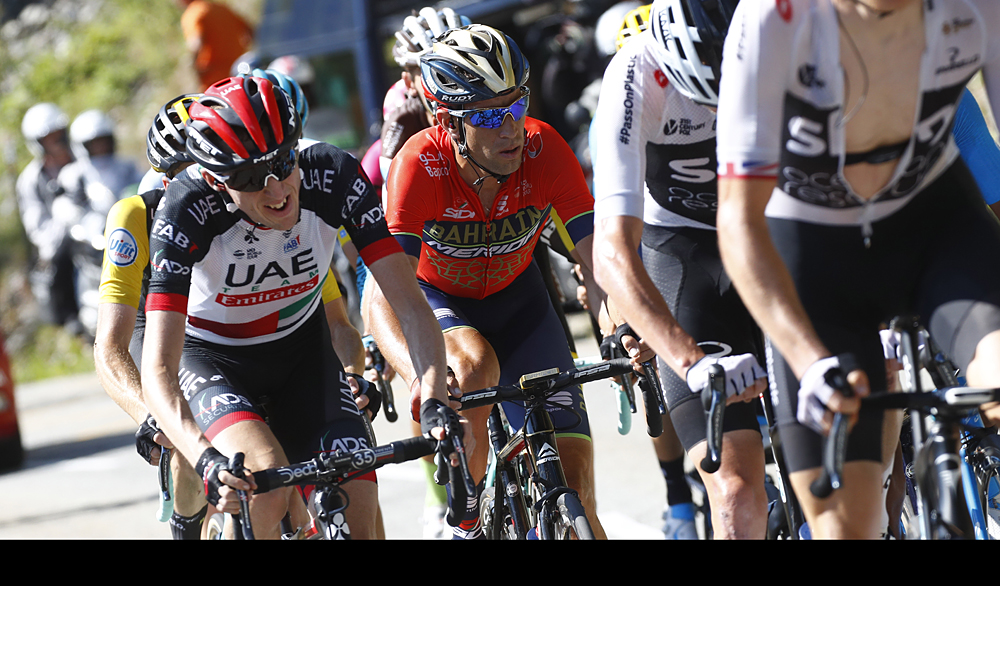
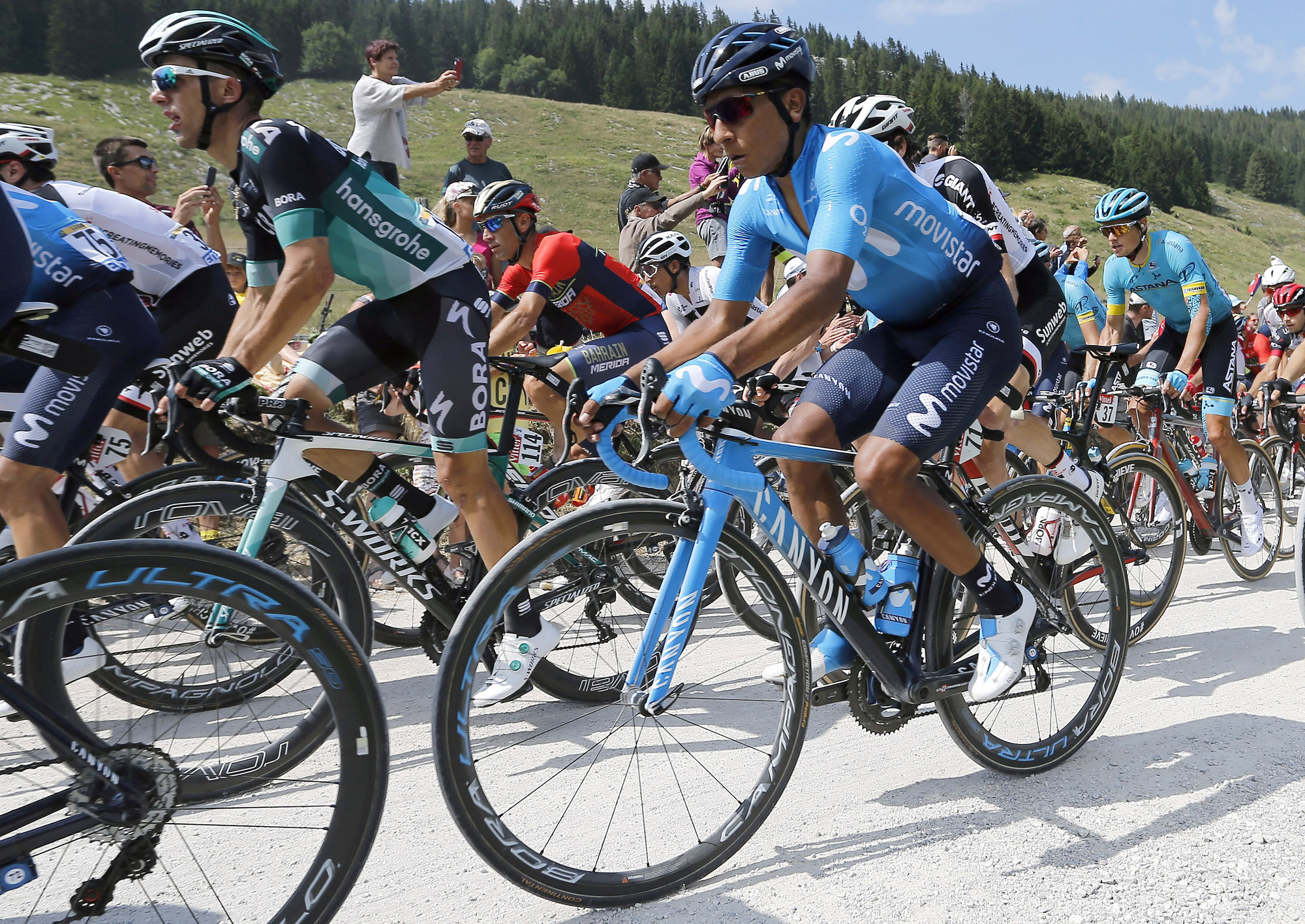
There are higher, steeper and longer mountain passes at the Tour de France, but nothing draws the crowds quite like Alpe d'Huez. On Thursday, the peloton returns to the Alpe for the first time in three years - a lengthy wait given that the ascent has featured as a summit finish no fewer than 29 times in the past 43 editions of the Tour. It has been the defining mountain of the modern Tour.
Dumoulin anticipates change in pace as Tour de France heads for La Rosière
Tour de France: Geraint Thomas wins stage 11 at La Rosiere, takes yellow
Tour de France: Dan Martin takes opportunity with both hands
Thomas: Chris Froome is Team Sky's best chance of winning the Tour de France
Vincenzo Nibali pays price as Sky lay down 'crazy rhythm' at La Rosiere
Nairo Quintana: We tried to play but it didn't go how we hoped
For more than half a century, after all, La Grande Boucle was an event more imagined than watched. In the absence of television coverage, it was left to newspapers and radio to bring the race to the people. The few eyewitnesses who followed in cars and on motorbikes could embellish as they saw fit. The line between fact and folklore was blurred quickly and indelibly.
The bridge between those sepia-tinted days and the modern era came on July 4, 1952, when the Tour held its first summit finish on the slopes of Alpe d'Huez. Fittingly, the winner was Fausto Coppi, who built his legend in the golden age but whose influence would resonate for generations to come.
The Tour had always been a business, but this particular day saw Jacques Goddet and Félix Lévitan explore the potential of new revenue streams. A consortium of hoteliers had paid for the Tour to visit the ski resort, while another novelty came in the form of the motorbike-borne cameras on hand to film Coppi as he feathered clear of Jean Robic, winner of the first post-war Tour.
Coppi, as was his wont, was ahead of his time. Though summit finishes would feature fitfully in the Tours of the 1950s and 1960s (including the very next day at Sestriere), it was only in the 1970s - when television definitively outmuscled radio and print as the race's primary medium - that the mountaintop finale became a true staple.
Alpe d'Huez returned as a finish in 1976 and then featured in 16 of the next 20 Tours, becoming the defining emblem of the new, made-for-television Tour. Or as the former Équipe writer Jacques Augendre, veteran of 55 Tours, put it, Alpe became "the col of modernity."
In the early decades of the Tour, the romantic ideal was of the man alone against the mountain. In the television age, the indelible image is of fans jumping out of the way at the last moment as riders come past. In the natural amphitheatre of Alpe d'Huez, they are integral to the mise-en-scène expected by the viewers back home.
Get The Leadout Newsletter
The latest race content, interviews, features, reviews and expert buying guides, direct to your inbox!
There was never a more telegenic moment than on the 1986 Tour, when La Vie Claire teammates Greg LeMond and Bernard Hinault - first and second on the general classification - broke clear together and finished side by side atop the Alpe, beaming dutifully for the cameras. Officially, Hinault was helping the American to secure overall victory. In reality, he had been pushing him to breaking point since the race left Boulogne-Billancourt two and a half weeks earlier.www.cyclingnews.com/riders/daniel-martin/
Thirty-two years on, the Tour returns to Alpe on Thursday with a markedly similar scenario in prospect. As in 1986, two riders from the era's strongest team atop the overall standings and seemingly locked in a race within a race. Team Sky's Geraint Thomas holds the maillot jaune after winning atop La Rosière on Wednesday. Four-time Tour winner Chris Froome lies his second overall, 1:25 back. Such has been Sky's startling dominance on the climbs to this point, a repeat of the Hinault-LeMond one-two of 1986 - both at Alpe d'Huez and in Paris - suddenly and somehow seems a possibility.
The stage
After Wednesday's short but exceedingly tough leg to La Rosière, stage 12 is a more 'traditional' kind of an Alpine test. At 175.5km in length, it features the hors categorie Col de la Madeleine (25.3km at 6.2%), the category 2 Lacets de Montvernier (3.4km at 8.2%) and the interminable, hors categorie Col de la Croix de Fer, which drags on for 29km at 5.2%. The yellow jersey group should be significantly reduced in number long before it reaches Bourg d'Oisans at the base of Alpe.
The final ascent is so familiar as to require little by way of explanation. Like most of the Tour's great mountains, its difficulty cannot be adequately described by mere statistics. The road climbs from Bourg d'Oisans for 13.8km at an average gradient of 8.1%. Thanks to its 21-hairpin bends, the route seems to ascend in instalments, though some are more substantial than others. The stiffest section comes when the gradient exceeds 11% at Huez, with a little under 5km remaining.
After Sky's striking displays of collective strength on the first two Alpine stages, the British team will be expected to dictate the terms of engagement once again on Alpe. In 2015, Nairo Quintana and Movistar managed to put Froome into considerable difficulty on its slopes, but the Colombian, Alejandro Valverde and Mikel Landa were all off the pace on Wednesday and seemingly unlikely to turn the tide in the space of 24 hours.
Dan Martin (UAE-Team Emirates) is likely to continue his aggressive Tour, while Romain Bardet (AG2R La Mondiale) will aim to bounce back after failing to keep pace with Thomas and Froome at La Rosière. By a similar token, Vincenzo Nibali - 4th overall at 2:14 - will hope to steady the ship after struggling near the top of La Rosière.
Tom Dumoulin (Sunweb) showed considerable adventure in attacking on the descent of the Cormet de Roseland on stage 11, and though he was passed by Thomas and caught by Froome before the finish at La Rosière, he placed second on the stage and now lies third overall, 1:44 behind Thomas.
Even at this early juncture, Dumoulin seems the only man capable of denying Sky a sixth Tour win in seven years, though he was cautious about his prospects on Alpe. "Today I had a good day and maybe I'll pay for it tomorrow," Dumoulin said atop La Rosière. No matter, he will not want for support as he scales Alpe d'Huez.
The tale of Dutch cycling's love affair with Alpe is a well-worn one, beginning with Joop Zoetemelk in 1976 and continuing through the 1980s with Hennie Kuiper (1977 and 1978), Peter Winnen (1981 and 1983), Steven Rooks (1988) and Gert-Jan Theunisse (1989). The union between the low country and the high mountain was consecrated by Fr. Jaap Reuten, who rang the bells of the chapel of Notre Dame des Neiges to mark Zoetemelk's first win.
The honeymoon, meanwhile, is ongoing. Each time the Tour visits, orange-clad fans gather in ever increasing numbers on hairpin number 7, the notorious 'Dutch corner.' For the first time since Erik Breukink, perhaps, they have a genuine contender to cheer on.
The reception might be rather different for Froome, particularly given the remarkably abrupt end to his salbutamol case on the eve of this Tour, though it should be noted that the phenomenon of jeering roadside fans did not start with Team Sky's current dominance or even with Alpe d'Huez. Jacques Anquetil was booed, for instance, in 1959, while the 1904 Tour was subject to repeated interference from spectators and supporters.
Froome's focus, in any case, may very well be on the unexpected enemy within. Geraint Thomas has never placed higher than 15th overall in a Grand Tour, but at the age of 32, he has just won his first ever mountain stage at the Tour after accelerating away from four of the past five winners of the Giro d'Italia on a 17km mountain pass.
It was, by any metric, an astonishing performance. The 21 hairpins of Alpe d'Huez will reveal more.

Barry Ryan was Head of Features at Cyclingnews. He has covered professional cycling since 2010, reporting from the Tour de France, Giro d’Italia and events from Argentina to Japan. His writing has appeared in The Independent, Procycling and Cycling Plus. He is the author of The Ascent: Sean Kelly, Stephen Roche and the Rise of Irish Cycling’s Golden Generation, published by Gill Books.